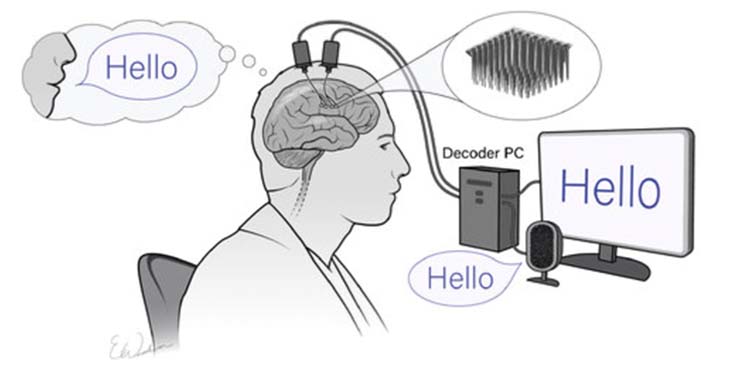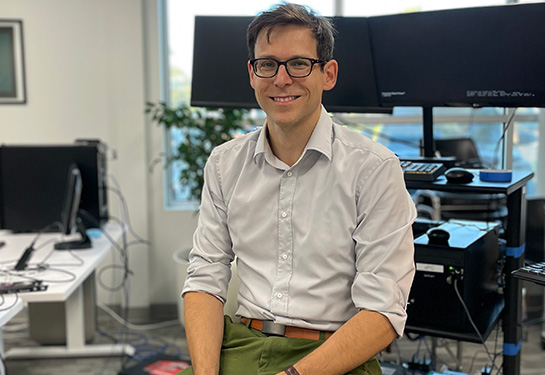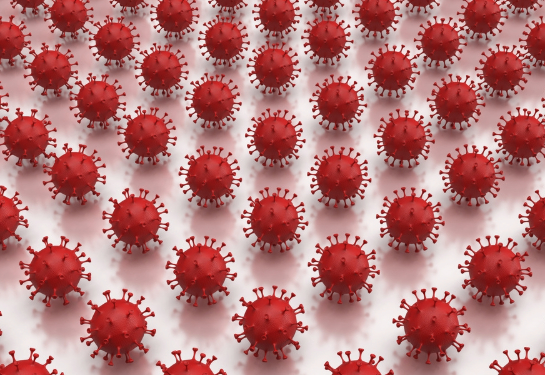UC Davis neuroscientist Sergey Stavisky wins 2022 NIH Director’s New Innovator Award
UC Davis Health neuroscientist Sergey Stavisky has been selected by the National Institutes of Health (NIH) to receive the 2022 NIH Director’s New Innovator Award. Stavisky joins the ranks of other exceptional New Innovators and their groundbreaking research as part of the NIH Common Fund’s High-Risk, High-Reward Research program.
"We are absolutely delighted that one of our bright new faculty was selected for this award,” said Kim Barrett, vice dean for research at UC Davis Health. “Early career faculty sometimes feel they have to play it safe to convince reviewers their research is worthy of support. The New Innovator Award will allow Dr. Stavisky to chart wholly new directions that have the potential to transform the lives of patients."
The NIH awards this grant to exceptionally creative early career investigators who propose innovative, high-impact projects in the biomedical, behavioral or social sciences. Besides the recognition, the award provides $2.3 million over five years for selected early career researchers.
“I’m very happy that our work is being recognized and supported by the NIH’s Office of the Director. As a new faculty member just starting my independent career, having the resources of this award is a big deal,” Stavisky said.

Who is Sergey Stavisky?
Stavisky is a neuroengineer and assistant professor in the Department of Neurological Surgery. He co-directs the UC Davis Neuroprosthetics Lab with Assistant Professor David Brandman.
He is working with a team of researchers to develop technology to restore abilities — like communication and movement — affected by neurological injury and disease, such as ALS or stroke. By combining neuroscience insights and engineering principles, they are developing electronic medical devices, known as brain-computer interfaces (BCIs). These BCIs are placed in the brain to measure participants’ brain activity as they try to talk, with the aim of helping restore speech for people who cannot speak.
“We’re trying to accomplish something that’s never been done. We’re taking a different approach from most of the field,” Stavisky explained. “The award will allow us to aggressively invest in the people and equipment we need to develop new neurotechnology that lets people speak again.”
Part of the NIH funding will go towards advancing the understanding of the neural basis of speech production. This fundamental science is expected to lead to better approaches for people who have lost their ability to speak and wish to use neuroprosthetic technology — devices that use electrodes to interact with the nervous system and aim to restore function that has been lost due to illness or injury — to communicate. This work will be done as part of the BrainGate2 clinical trial.
Stavisky is also developing new neural recording tools to provide a more detailed view of the human brain. This will help scientists and neuroengineers to better understand human brain function and develop new neuro-restorative therapies.
For additional information, visit the Neuroprosthetics Lab website.
CAUTION: Investigational Device. Limited by Federal Law to Investigational Use.






